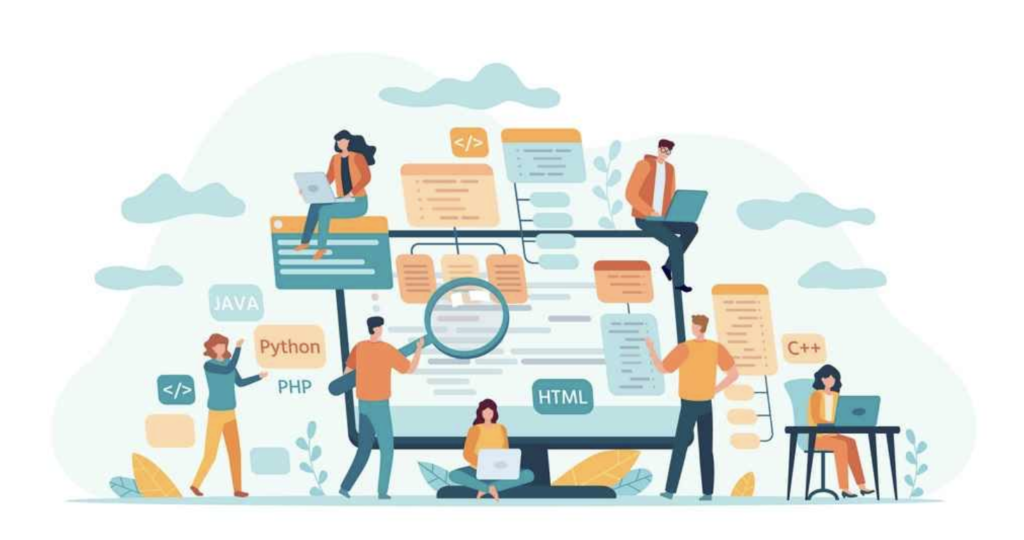
Transportation is undergoing a profound transformation, driven by rapid advancements in technology. From electric vehicles (EVs) to autonomous driving and the modernization of public transit, these innovations are reshaping how we move and interact with our environment. Let’s explore the key developments in this dynamic field.
1. The Rise of Electric Vehicles (EVs)
Electric vehicles are no longer a niche market; they are becoming a mainstream choice for consumers and businesses alike. With growing concerns about climate change and air pollution, EVs offer a cleaner, more sustainable alternative to traditional internal combustion engines.

Key Developments:
- Battery Technology: Advances in battery technology have significantly improved the range and performance of EVs. Companies like Tesla, Rivian, and Lucid Motors lead the way with high-capacity batteries that allow longer drives between charges.
- Charging Infrastructure: The expansion of charging networks is making it easier to own and operate an EV. Fast-charging stations are becoming more common, and new technologies such as wireless charging are being tested.
- Affordability and Variety: As production scales up, the cost of EVs is decreasing. A growing variety of models, from luxury to budget-friendly options, means that more consumers can make the switch to electric.
2. Autonomous Driving: The Road Ahead
Autonomous driving technology promises to revolutionize transportation by making roads safer and more efficient. Companies like Waymo, Cruise, and Tesla are at the forefront of developing self-driving cars, and significant progress has been made in recent years.
Key Developments:

- Advanced Sensors and AI: Autonomous vehicles rely on a combination of sensors, cameras, and artificial intelligence to navigate roads and make real-time decisions. These technologies are continually improving, enhancing the reliability and safety of self-driving systems.
- Regulatory Challenges: The widespread adoption of autonomous vehicles is contingent on regulatory frameworks. Governments are working on establishing guidelines and standards to ensure the safe integration of self-driving cars into existing traffic systems.
- Public Perception: As autonomous vehicles become more common, public trust and acceptance will be crucial. Ongoing testing and transparency from companies can help build confidence in this technology.
3. Revamping Public Transportation
Public transportation systems are being modernized to meet the demands of a growing and increasingly urbanized population. Innovations in this sector aim to make transit more efficient, accessible, and environmentally friendly.
Key Developments:

- Electric Buses: Many cities are transitioning to electric buses to reduce emissions and lower operating costs. Electric buses are quieter, more efficient, and contribute to improved air quality.
- Smart Transit Solutions: Technology is enhancing the efficiency of public transit systems. Real-time tracking, mobile ticketing, and data analytics are being used to optimize routes, improve service reliability, and enhance the passenger experience.
- Integration with Ride-Sharing: Public transportation is increasingly integrating with ride-sharing services to offer seamless, multi-modal travel options. Apps that combine various forms of transportation help users plan and execute their journeys more efficiently.
4. The Future of Transportation: What Lies Ahead
As we look to the future, several trends are likely to shape the evolution of transportation:
- Urban Mobility Solutions: With urban areas growing, there is a push for innovative solutions such as electric scooters, bike-sharing programs, and micro-mobility options to ease congestion and provide flexible transportation choices.
- Sustainable Practices: The emphasis on sustainability will drive further innovation in transportation technologies, including the use of renewable energy sources and the development of greener materials.
- Data-Driven Insights: The use of big data and artificial intelligence will continue to transform transportation planning and management, leading to smarter, more responsive systems.
Conclusion
Transportation is on the brink of a revolution, with electric vehicles, autonomous driving technology, and modernized public transportation systems leading the charge. These innovations promise to enhance the efficiency and sustainability of our transportation networks and improve our overall quality of life. As these technologies continue to evolve, they will shape the future of how we travel, connect, and interact with the world around us.
Feel free to adjust or add any specific details to tailor the post to your audience!






































